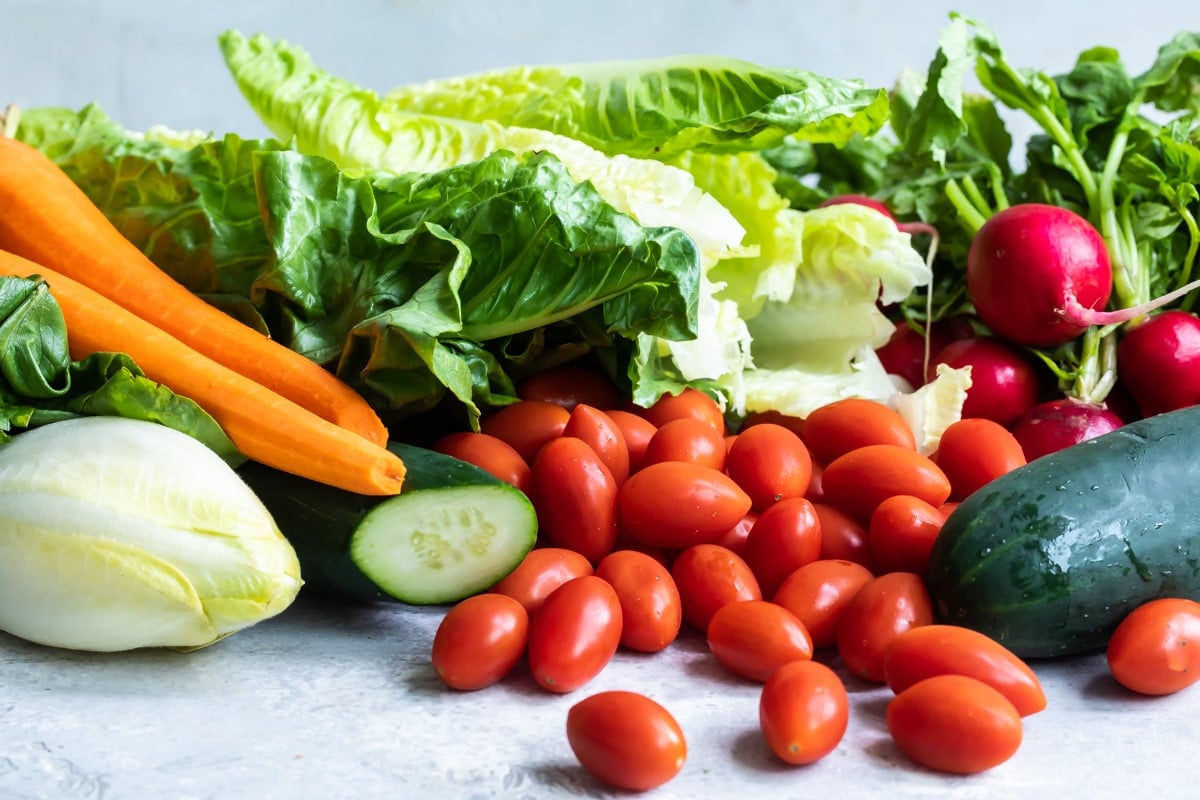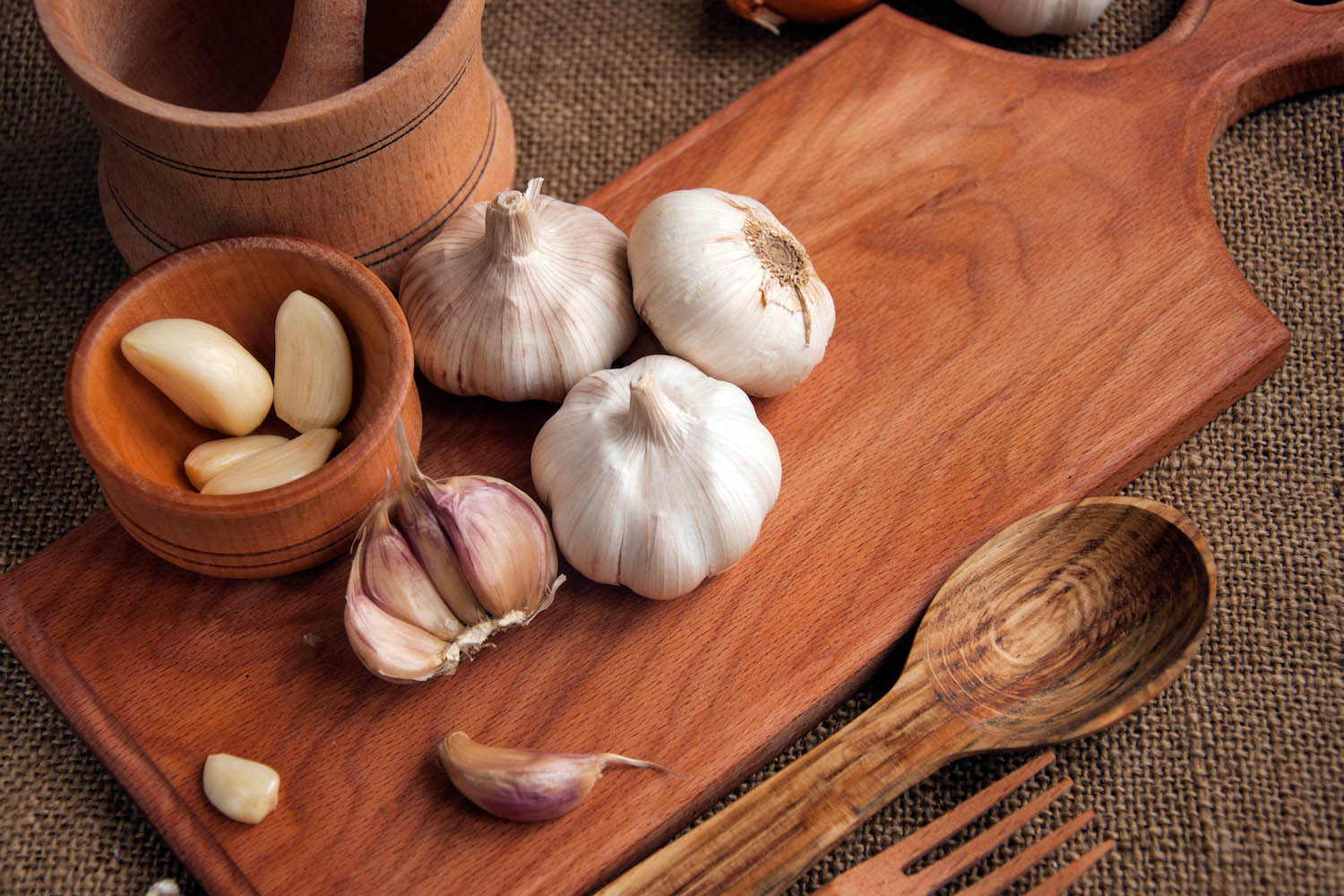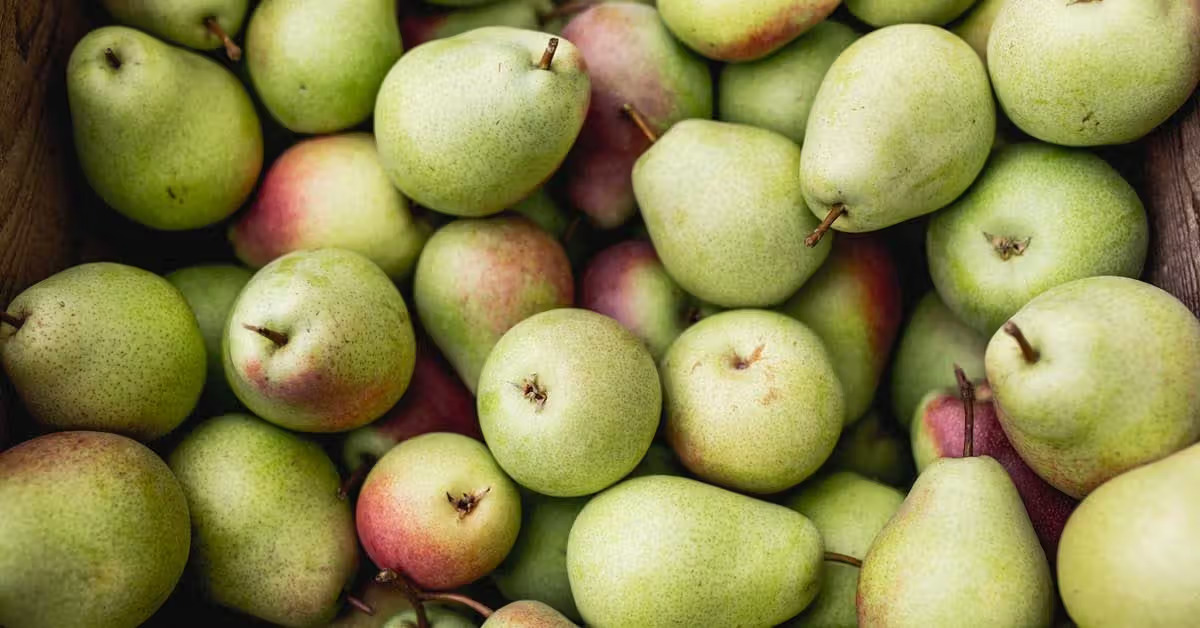Discovering the Delicious World of Kale
When it comes to healthy eating, kale is a superstar. Packed with essential nutrients and a deliciously earthy flavor, this leafy green is a versatile ingredient that can be enjoyed in a variety of ways. If you’re looking to incorporate more kale into your diet, here are some tips on how to make the most of this nutrient-rich vegetable.
1. Embrace Raw Kale
One of the simplest ways to enjoy kale is by incorporating it into your salads. Its sturdy leaves hold up well to dressings, making it an ideal base for a nutrient-packed salad. To make raw kale more palatable, try massaging the leaves with a bit of olive oil and lemon juice. This helps to soften the texture and mellow out the flavor, making it more enjoyable to eat.
2. Get Creative with Kale Chips
If you’re craving a crunchy snack, kale chips are a delicious and healthy alternative to traditional potato chips. Simply tear the kale leaves into bite-sized pieces, toss them with olive oil and your favorite seasonings, then bake them in the oven until they’re crispy. The result is a satisfying snack that’s packed with vitamins and minerals.
3. Blend It Into Smoothies
Adding kale to your morning smoothie is a great way to sneak in some extra greens. Its mild flavor pairs well with fruits like bananas, berries, and pineapple, creating a refreshing and nutritious beverage. Plus, the vibrant green color of kale gives your smoothie an extra dose of visual appeal.
4. Incorporate Kale Into Soups and Stews
Kale’s hearty texture makes it a perfect addition to soups and stews. Whether you’re making a comforting vegetable soup or a hearty bean stew, adding kale can elevate the nutritional content of your dish. Simply chop the kale into bite-sized pieces and stir it into your favorite soup or stew during the last few minutes of cooking.
5. Sauté Kale as a Side Dish
For a quick and easy side dish, consider sautéing kale with garlic and olive oil. The heat helps to soften the leaves while enhancing their natural flavors. You can also add a splash of balsamic vinegar or a sprinkle of red pepper flakes for an extra kick of flavor.
6. Use Kale in Wraps and Sandwiches
Instead of using traditional lettuce, consider swapping it out for kale in your wraps and sandwiches. Its robust texture adds a satisfying crunch, and its nutritional benefits make it a smart choice for a healthy meal. Whether you’re making a veggie wrap or a turkey sandwich, kale can add a nutritious twist to your favorite lunchtime fare.
With these creative and delicious ways to enjoy kale, you can easily incorporate this nutrient-dense vegetable into your daily meals. Whether you’re a kale enthusiast or a newcomer to this leafy green, there’s no shortage of tasty options to explore. So go ahead, embrace the versatility of kale and elevate your culinary adventures with this powerhouse vegetable!











